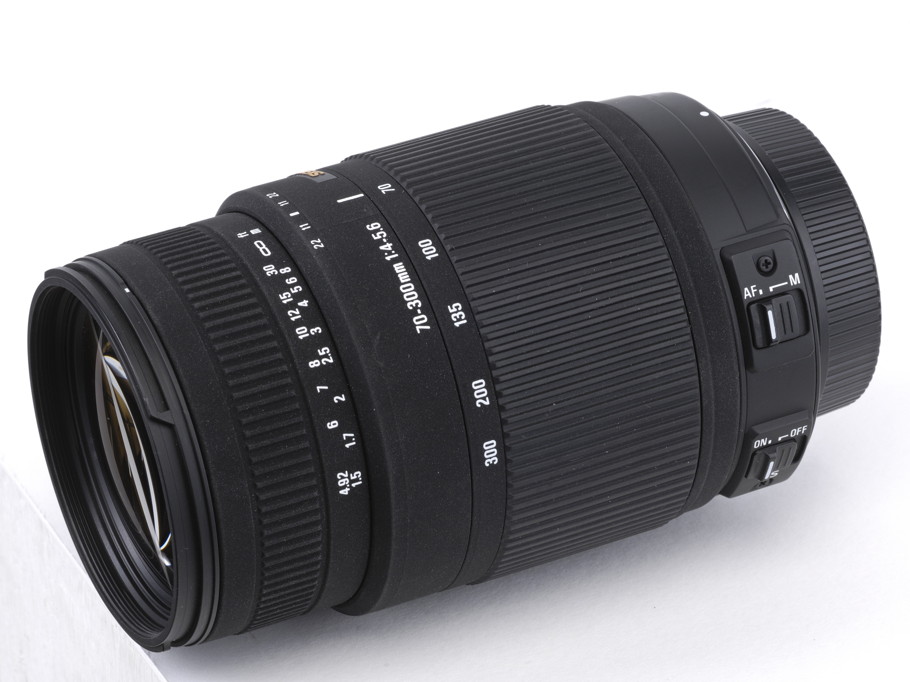TechRadar Verdict
Pros
- +
Sharpness is good at 300mm, even when using the largest aperture of f/5.6
- +
Effective 4-stop optical stabiliser
- +
Robust build quality
Cons
- -
Autofocus motor is quite noisy in operation
- -
Front element extends and rotates during focusing
- -
Lacks the 0.5x macro facility of Sigma's older 70-300mm APO lens
Why you can trust TechRadar
At a glance, it's easy to think that this is a newer version of Sigma's 70-300mm f/4-5.6 APO DG Macro lens, but with an optical stabiliser fitted (OS). Sure enough, the Sigma 70-300mm f/4-5.6 DG OS is still a 'DG' lens designed for full-frame DSLRs and equally compatible with APS-C bodies that have smaller image sensors, but it's a completely different lens.
Available in various mount options for Canon, Nikon, Pentax, Sigma and Sony bodies, the effective zoom range is 112-480mm on Canon APS-C cameras and 105-450mm in all other fitments.
On current Pentax and Sony bodies, you get the choice of whether to use the Sigma's optical stabiliser or sensor-shift stabilisation featured in the camera. Using both stabilisers simultaneously can lead to problems and, in our tests, we've found the in-lens optical stabilisation works rather better, especially at long telephoto zoom settings.
There's no HyperSonic Motor (HSM) autofocus actuator, the lens relying instead on a standard electric motor. By contrast, the OS is relatively high-tech and delivers a 4-stop advantage in beating camera-shake.
Unlike the cheaper Sigma 70-300mm APO, the Sigma 70-300mm f/4-5.6 DG OS lens features just one Special Low Dispersion (SLD) element rather than three.
Overall, there are 16 elements built into 11 groups and a 9-blade diaphragm which enables an aperture range of f/4-5.6 to f/22-32. Another crucial difference is that this lens lacks the APO version's macro facility, the maximum magnification factor being 0.25x instead of 0.5x.
Sign up for breaking news, reviews, opinion, top tech deals, and more.
